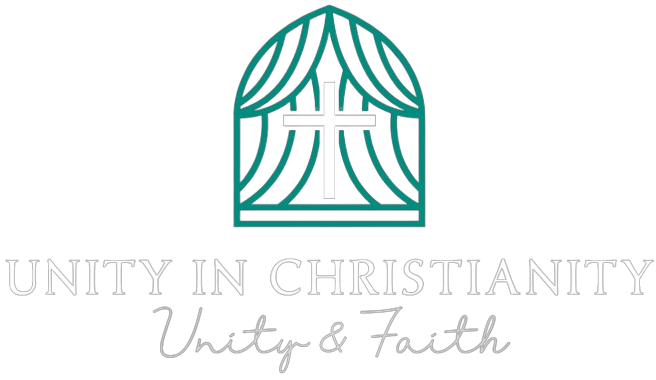DISSATISFACTION with the maintenance and layout of the churchyard and the inconvenience in getting there have been not “exceptional” circumstances that may justify permitting the exhumation of stays from the churchyard, the Consistory Court of the diocese of Coventry has ruled.
Patricia Margaret Long applied for a school for the exhumation of the cremated stays of her late husband, Frederick John Long, which had been laid to rest in an urn within the churchyard of St Laurence’s, Ansley, in June 2015. She wished to have them reburied within the cemetery at Hartshill.
She said that she could now not make the journey on foot to go to her husband’s place of interment without assistance. She also expressed dissatisfaction with the maintenance of the churchyard, and said that she was removed from satisfied with the response from an unidentified person when she offered to pay the gardener extra to care for the plot.
She said that the opposite memorial stones inside the plot where her husband was interred were so closely spaced that she had difficulty laying flowers on his grave, and that there was no walkway or suitable access from the church pathways, in order that she needed to walk across the grass to achieve her husband’s grave.
She said that if there have been interment at Hartshill cemetery she could attend her husband’s place of interment “alone and privately”.
The Diocesan Chancellor, the Worshipful Glyn Ross Samuel, said that the principles to be applied to a body after a Christian burial were set out by the Court of Arches within the Blagdon Cemetery case in 2002. The presumption was that the burial of human stays in consecrated ground was everlasting.
The Court of Arches had said that the overall concept of permanence was reflected within the incontrovertible fact that it was a criminal offence to disturb a dead body without lawful permission. Moreover, the incontrovertible fact that there was no ownership of a dead body in accordance with English law, or under the European Human Rights Convention, reflected a culture by which the norm was that the stays of a dead person mustn’t be disturbed once they’d undergone the initial act of interment.
That didn’t mean that an exhumation could never occur. The Court of Arches said that there needed to be some “exceptional” circumstance before that norm of everlasting burial was put aside, and that “a change of mind as to the place of burial . . . mustn’t be treated as a suitable ground for authorising exhumation.”
“[The] ‘portability of stays’ must be discouraged,” the Chancellor said, and “the message [needed] to exit that exhumation mustn’t be granted just because it could be more convenient for the family of the deceased if the buried stays . . . were moved to a special location.”
The Chancellor agreed with the views of other consistory courts and the Court of Arches that, if the advancing years, deteriorating health, and alter of place of residence of relatives were to be accepted as reasons for allowing exhumation, it could make unacceptable inroads into the principle of the permanence of Christian burial, and must be firmly resisted.
The reasons presented by Mrs Long didn’t persuade him, the Chancellor ruled, that there have been exceptional reasons that may justify overturning the presumption of permanence of burial. A school for exhumation was, due to this fact, refused.


